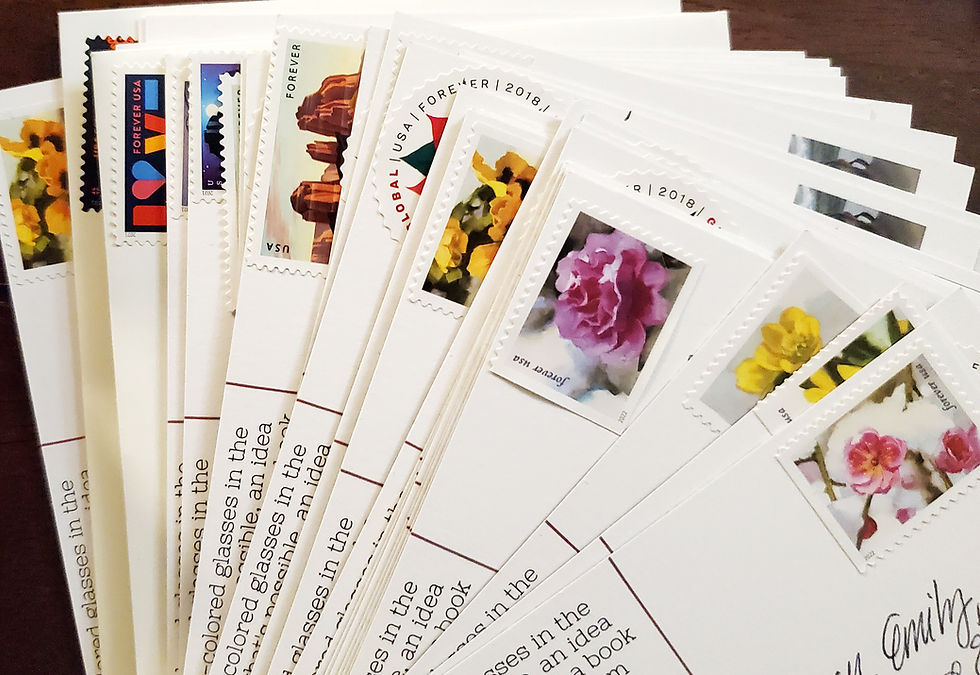There are ethical (and legal) ways to use images and work with artists for science communication, and you should know what they are.
- bethann29
- Jan 30, 2024
- 1 min read
Updated: Sep 19

A number of years ago, I developed a detailed series of blog posts about the ethical and legal nuances of sourcing images off the internet for any kind of science communication. Among other things, the series discussed U.S. copyright laws and included resources and recommendations for accessing images for free as well as commissioning custom images from an illustrator. (In that series, I did not get into the ethical and legal dimensions of AI-produced images; that quandary wasn't on the radar at the time.)
More recently, I synthesized a lot of that advice into a digestible article: Writing Science: Best Practices for the Images that Accompany Your Writing. That article focuses on the ethical and legal aspects of using other people's images.
I'm sharing these resources with you this week as a way of letting you know that there's a new event on my trainings calendar that addresses the topic of ethical image use in science communication, and you're welcome to join for free! My talk is part of the University of Arizona's Water Whys Visual SciComm Seminar.
If you want the cliff notes of all the advice in that series and article, register for my talk on February 23. You can learn more and register for that event here.





Comments